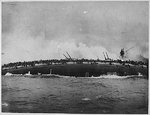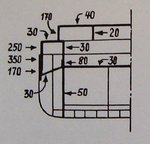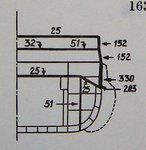delcyros
Tech Sergeant
Trying to start a minor thread.
Which design is in your opinion the best in it´s class of ww1 (and why)?
I would like to hear your thoughts about the best classes of:
1.) Battleships
2.) battlecruisers
3.) armored cruisers
4.) small cruisers
5.) torpedo boats / destroyers
6.) submarines
I am also not that familar to ww1 naval technologies but I think everybody has an idea at least for the first three.
First in my mind are
1.) Queen Elizabeth class
2.) Derfflinger class (with a very close Kongo beeing second)
3.) Blucher (hands down)
Please do not forget the US-, japanese, italian and Austro-hungarian Navies!
Which design is in your opinion the best in it´s class of ww1 (and why)?
I would like to hear your thoughts about the best classes of:
1.) Battleships
2.) battlecruisers
3.) armored cruisers
4.) small cruisers
5.) torpedo boats / destroyers
6.) submarines
I am also not that familar to ww1 naval technologies but I think everybody has an idea at least for the first three.
First in my mind are
1.) Queen Elizabeth class
2.) Derfflinger class (with a very close Kongo beeing second)
3.) Blucher (hands down)
Please do not forget the US-, japanese, italian and Austro-hungarian Navies!









